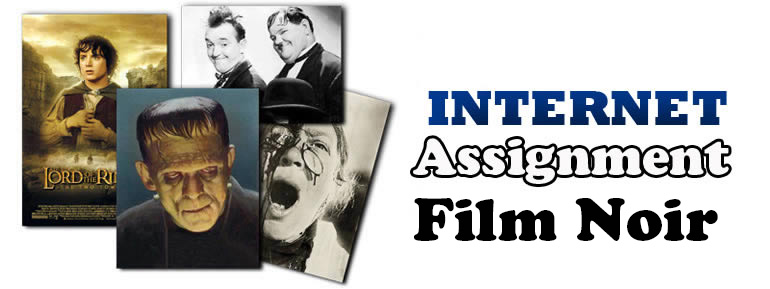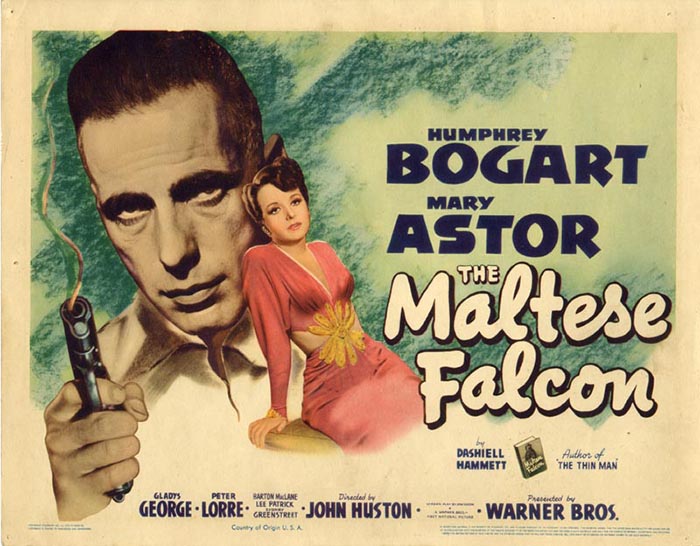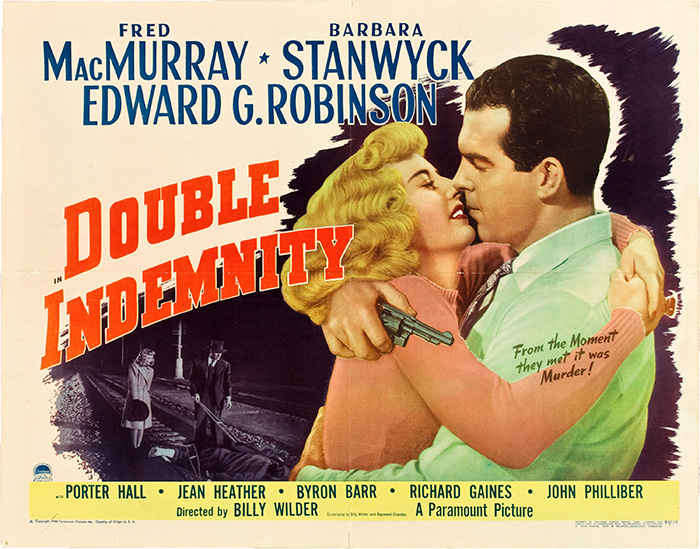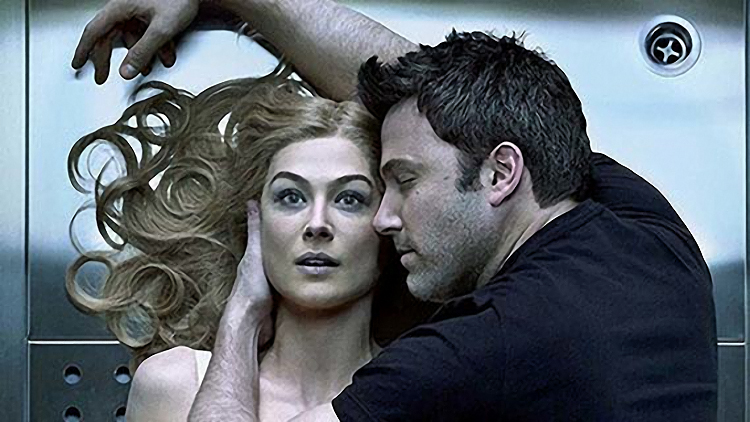
Film noir is a cinematic term used primarily to describe stylish Hollywood crime dramas particularly those that emphasize cynical attitudes. Hollywood's classical film noir period is generally regarded as extending from the early 1940s to the late 1950s. Film noir of this era is associated with a Black & White visual style that has roots in German Expressionism cinematography. Many of the prototypical stories and much of the attitude of classic noir derive from the hardboiled school of crime fiction, also known as pulp fiction, that emerged in the United States during the Great Depression. The term film noir, French for "black film", first applied to Hollywood films by French critic Nino Frank in 1946, was unrecognized by most American film industry professionals of that era. Before this term was widely adopted in the 1970s, many of the classic films noirs were referred to as melodramas. Whether film noir qualifies as a distinct genre is a matter of ongoing debate among film scholars. In order to familiarize yourself with this genre, read the following online article about Film Noir by clicking Here. |
The Maltese Falcon (1941) - Directed by John Huston (101 minutes) One of the greatest films of all time, based on the American classic novel written by Dashiell Hammett. In modern-day San Francisco, private eye Sam Spade (Humphrey Bogart) takes on a mysterious and complex case that involves him with three eccentric criminals, a beautiful, but dangerous female, and their quest for a priceless statuette that dates back to 1539 and the Knights Templars. |

| Watch and study The Maltese Falcon (1941) directed by John Huston. There will be a quiz on this film on January 30, 2015. |
Double Indemnity (1944) - Directed by Billy Wilder (107 minutes) Double Indemnity (1944) a study of murder and adultery surrounding an insurance salesman (Fred MacMurray) and a "Black Widow" (Barbara Stanwyck) is a prime, seminal example of Film Noir. It was directed by Billy Wilder, who also co-wrote the script with Raymond Chandler, one of the best pulp crime writers of the time. The film was photographed in beautiful Black & White by one of the best Film Noir cinematographers, John F. Seitz, A.S.C. The film was based on a novel by James M. Cain, who is also one of the great writers of the pulp crime genre. |

| Download the screenplay of Double Indemnity by Billy Wilder and Raymond Chandler which contains the original ending of the film which was shot, but ultimately edited out of the film by Paramount Pictures |
| Watch and study Double Indemnity (1944) directed by Billy Wilder. There will be a quiz on this film on February 4, 2015. |

| If you have not done so already, watch Gone Girl (2014) a film directed by David Fincher, and one of the contenders for this year's Oscars. This is a contemporary film that captures the spirit of Film Noir. Usually, we refer to a movie like this as "Neo-Noir." After you study the classic films of the genre, and then watch this film, you will see right away how director Fincher has been influenced by the old films of this genre. |